General Motors’ autonomous vehicle subsidiary, Cruise, took another step in the rehabilitation of its image, making good on plans to hire a Chief Safety Officer. In the wake of last October’s incident with a pedestrian in San Francisco, the company said it would take steps to improve the safety of its vehicles. AV development veteran Steve Kenner is the new hire.
Last November, Cruise took several steps to address safety concerns about its vehicles after one of them dragged a pedestrian that became lodged under its wheel. The vehicle was following protocol, which was to move to the side of the road.
The cyclist was hit by another vehicle and thrown in the path of the Cruise vehicle. However, in a city that was already growing disenchanted with Cruise’s fleet of more than 50 vehicles and the problems they previously caused prior, changes need to happen — quickly.
The company formulated a plan, which focused on examining the issues surrounding the cyclist incident as well as other problems, such as the vehicles becoming confused and suddenly just shutting down, causing traffic backups, and others.
First it shut down the company’s fleet of 70 robocabs across the country. Then in early November, it released a statement about its plans, including the hire of a CSO: Kenner, who reports to CEO Craig Glidden.
Safety first
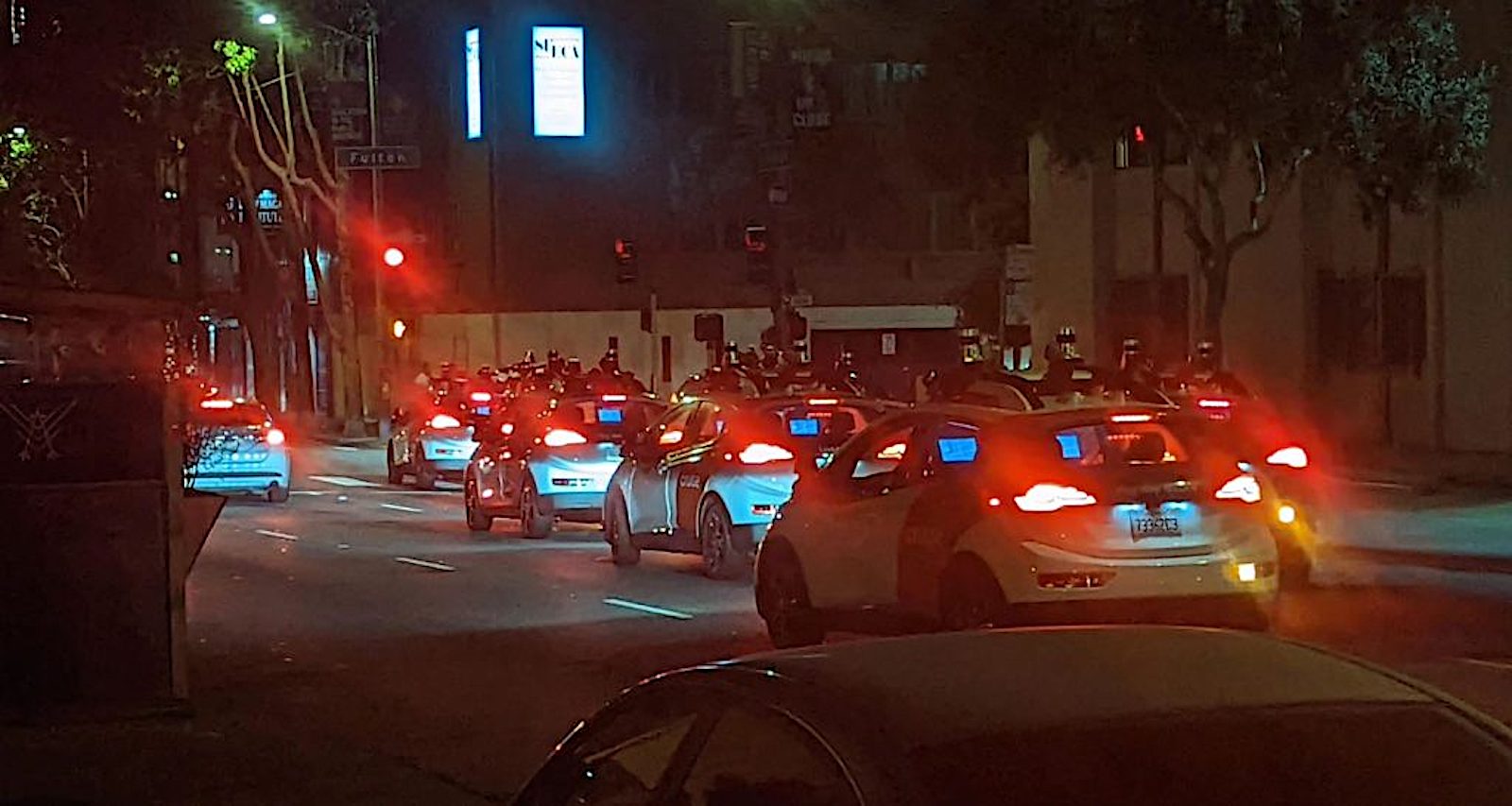
Many city officials in San Francisco were pleased with the suspension of service in October, noting the robocabs have been responsible for many traffic issues.
Kenner is a longtime industry veteran, who focused on vehicle safety and autonomous vehicle development in recent years, including a stint as the Global Director of Automotive Safety at Ford. Prior to joining Cruise, he served as vice president of safety at Kodiak, a self-driving trucking company. At Kodiak, he established the company’s safety strategies.
“Safety requires that every team within a company work together to put passengers and other road users first. That partnership must include regulators, and I look forward to earning their trust,” he said in a statement.
Kenner replaces Louise Zhang, Ph.D, who was the vice president of Safety & Systems. She was the Interim Chief Safety Officer who headed up the company’s safety review and investigations.
“At the end of the day we have the same goal as regulators: to make our roadways safer and establish public confidence in the AV industry. I have worked on safety critical technologies throughout my career, I believe in the safety potential of autonomous vehicles, and I want to safely and responsibly realize that potential.
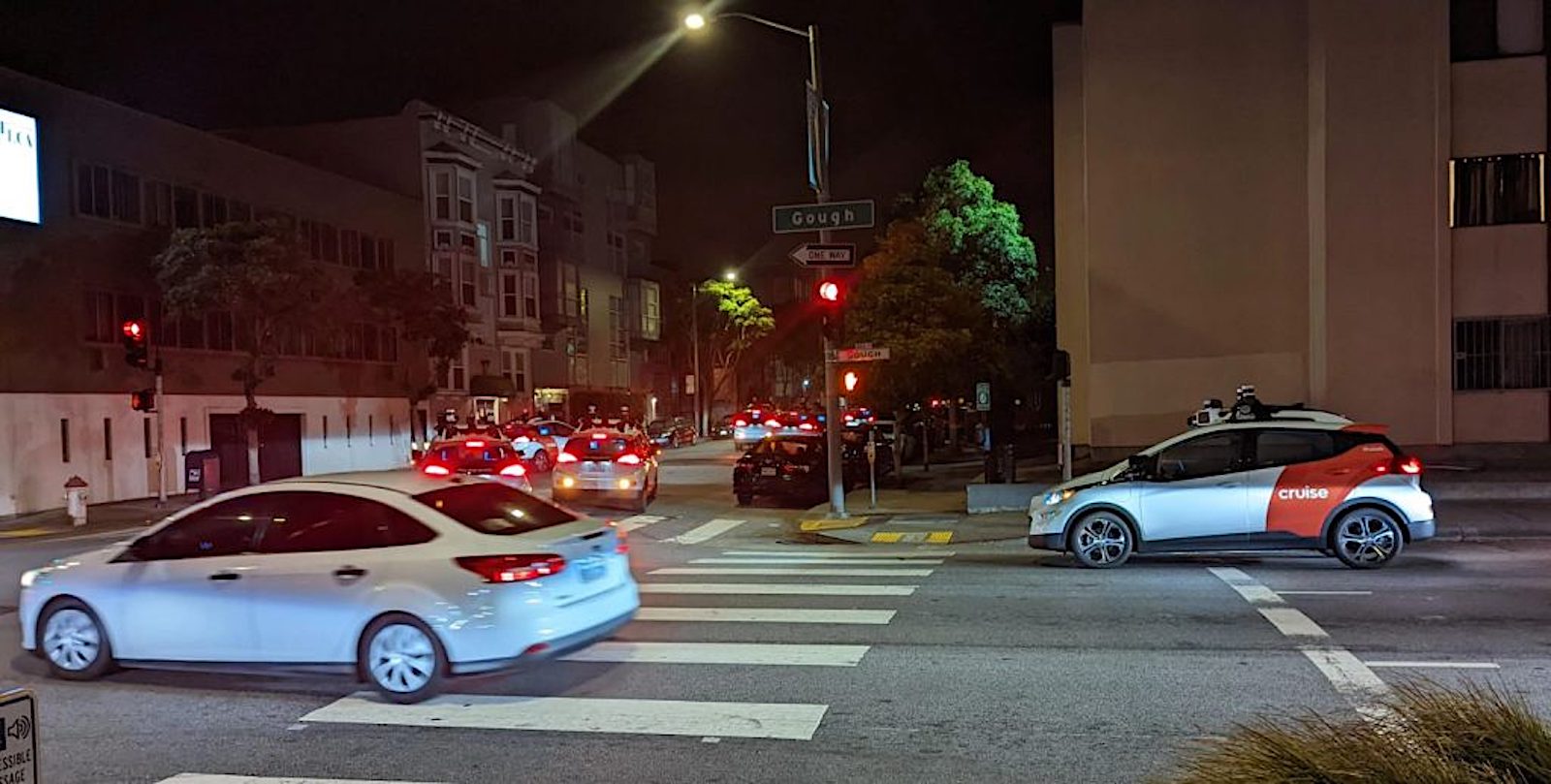
San Francisco’s fire chief noted there were dozens of incidents in which Cruise vehicles had unexpectedly stopped working, blocking traffic in the heavily trafficked city until company engineers could restart them.
“On a personal note, I started my career as an engineer at GM, so it’s a full circle moment returning to work for a company so closely aligned with GM and its plans for the future.”
More Cruise stories
- Cruise CEO Vogt Issues Apology, Resigns in Wake of Near-Fatal Crash
- Cruise Cuts Quarter of Workforce — Including Nine Senior Execs Linked to Near-Fatal Pedestrian Crash
- GM Cutting Spending on Cruise Robocab Unit
Other moves
In addition to focusing more closely on the safety of its vehicles, Cruise hired the independent, third-party engineering consulting firm, Exponent, to conduct a technical root cause analysis of the Oct. 2 incident.
The report said the vehicle incorrectly classified the incident as a side-impact collision, which is why it didn’t “emergency stop.” Also a mapping error made the vehicle think it was in a different lane of traffic, so it tried to move to the side of the street.

Cruise founder Kyle Vogt resigned shortly after a full video was released showing how the Cruise robocab started up and dragged a pedestrain pinned underneath.
Although the company halted its operations on public streets, it continues “to operate our vehicles in closed course training environments and maintain an active simulation program in order to stay focused on advancing AV technology.”
It also recalled the software used on its fleet of vehicles, per federal safety guidelines. The company developed a patch to address circumstances in which the Cruise collision detection subsystem may cause the Cruise AV to attempt to pull over out of traffic instead of remaining stationary when a pullover is not the desired post-collision response.
Making a move
GM’s pushed hard for the success of Cruise. Prior to the incident, it reached a deal with Honda to license Cruise technology for use in Japan. The thought was it would be a major source of revenue for the Detroit-based car company in the future, but now that is in doubt.
However, Barra’s not giving up on the company yet, saying in early December the company is “very focused on righting the ship” at Cruise.
“We’ll work through the challenges we have right now at Cruise,” she said. “We have to have the right plan.”
The “right plan” included the departure of nine of the company’s top executives, including co-founder and CEO Kyle Vogt. Late last month, the company revealed plans to cut its spending on Cruise in half — about $1 billion annually.
In a letter to investors, she reaffirmed the company’s commitment to the AV subsidiary despite the funding cut, saying one of company’s priorities in 2024 was to “refocus and relaunch Cruise.” She told analysts later that despite the significant spending reduction, the company continues to “invest in the people who are advancing the software, specialized hardware and AI capabilities.”



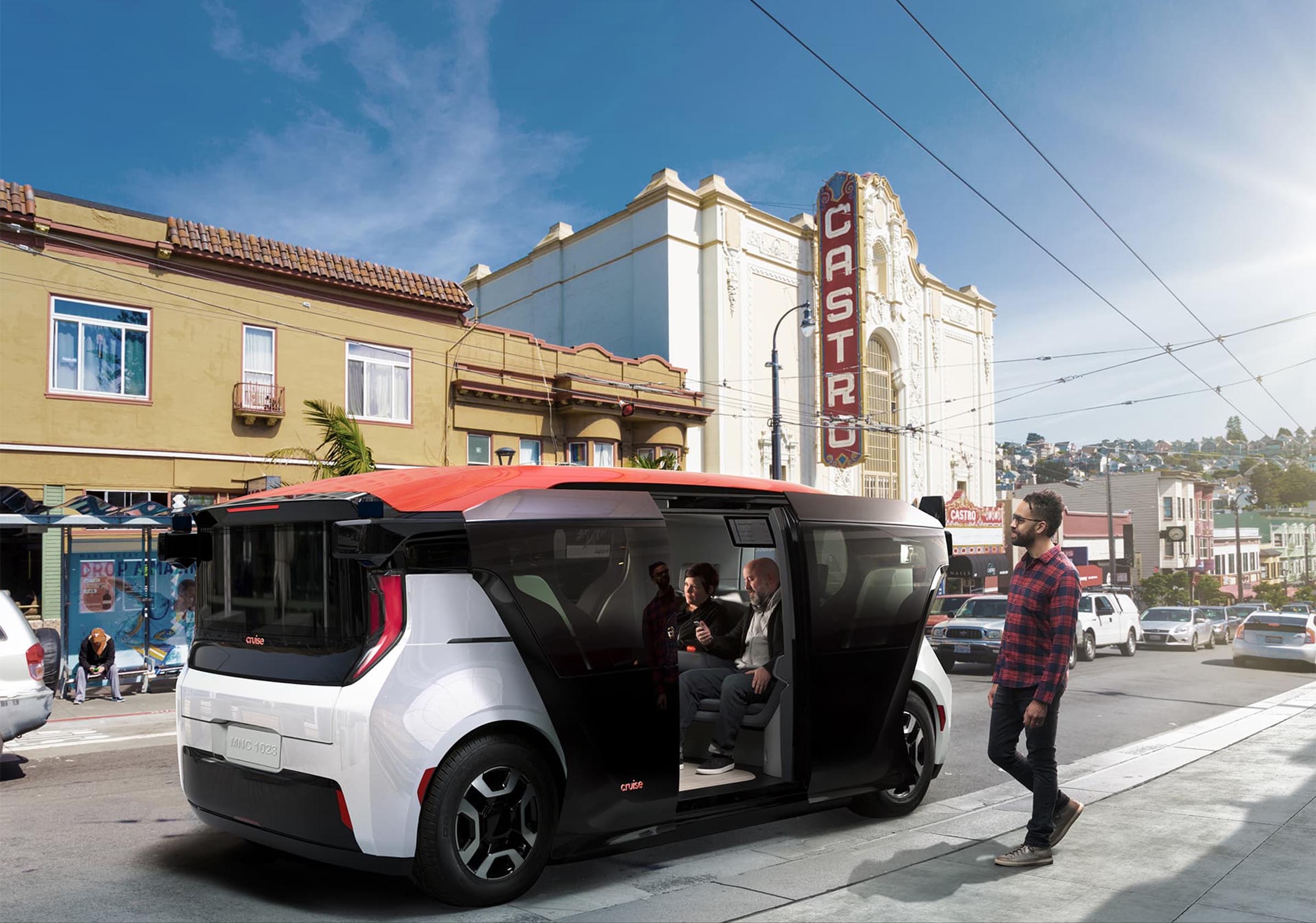
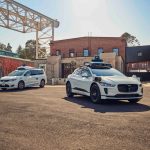
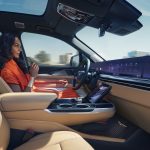
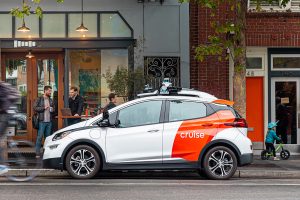

0 Comments